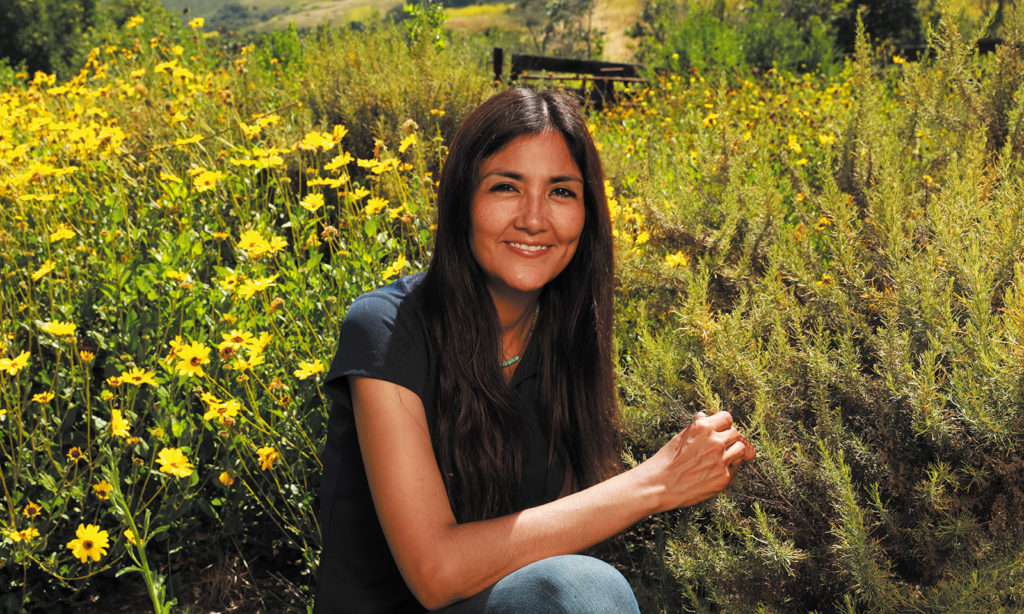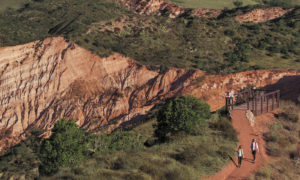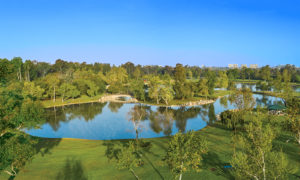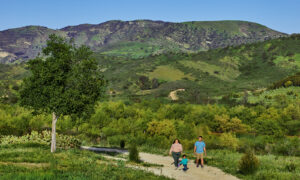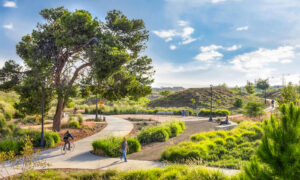Most days, Matilde De Santiago can be found exploring the Irvine Ranch Natural Landmarks, studying native plants.
Five minutes with her will change the way you see your next hike. You’ll know which plants have the best aroma, which have medicinal value, and which you can eat.
“I love talking to people about these plants,” says the Irvine Ranch Conservancy naturalist, who oversees two IRC native plant nurseries.
Her specialty is the California sage scrub community of plants, found in just a few regions of the world with a Mediterranean climate.
“These plants are vital to the Irvine Ranch,” she says. “They provide homes for native animals and nesting birds. They help keep the entire ecosystem functioning.”
Her favorite? “White sage. I love the scent.”
Here are some plants to look for on your next hike.
White Sage
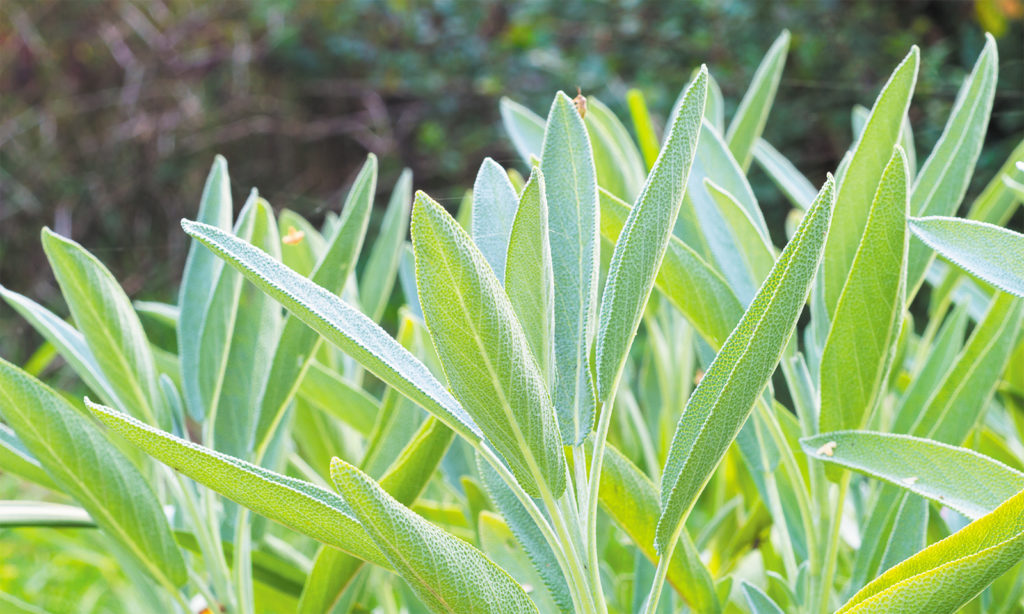
Sage plants are well-known for their pungent oils. If you come across this silvery-white shrub on your next hike, take in a deep breath and smell. How would you describe the aroma?
California buckwheat
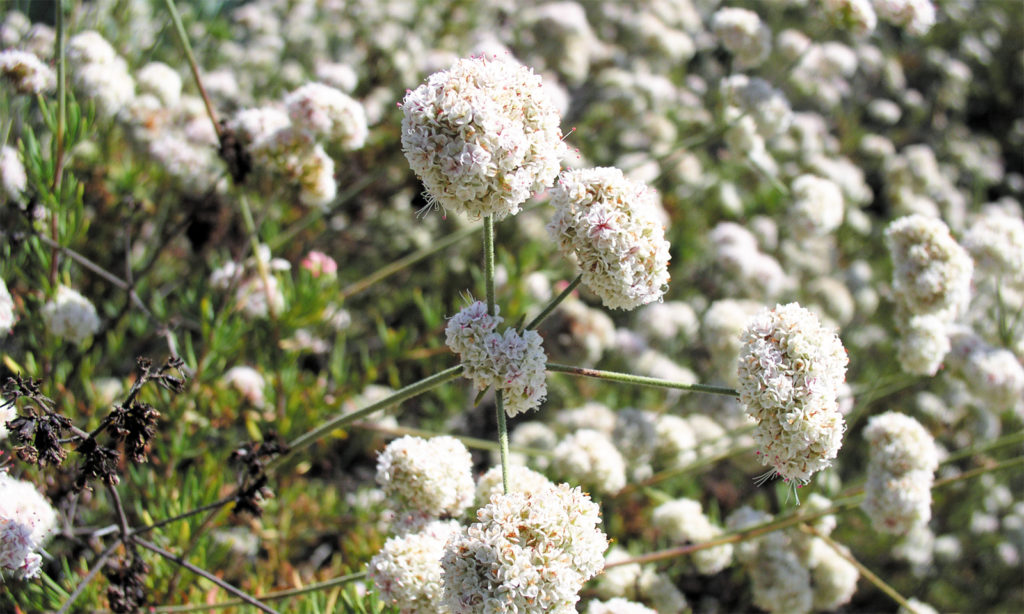
The nectar and pollen of this plant’s flowers attract wildlife, especially butterflies. Clustered at the top of the plant, the flowers bloom white in spring before turning pink in the summer and dark red in the fall.
California sagebrush
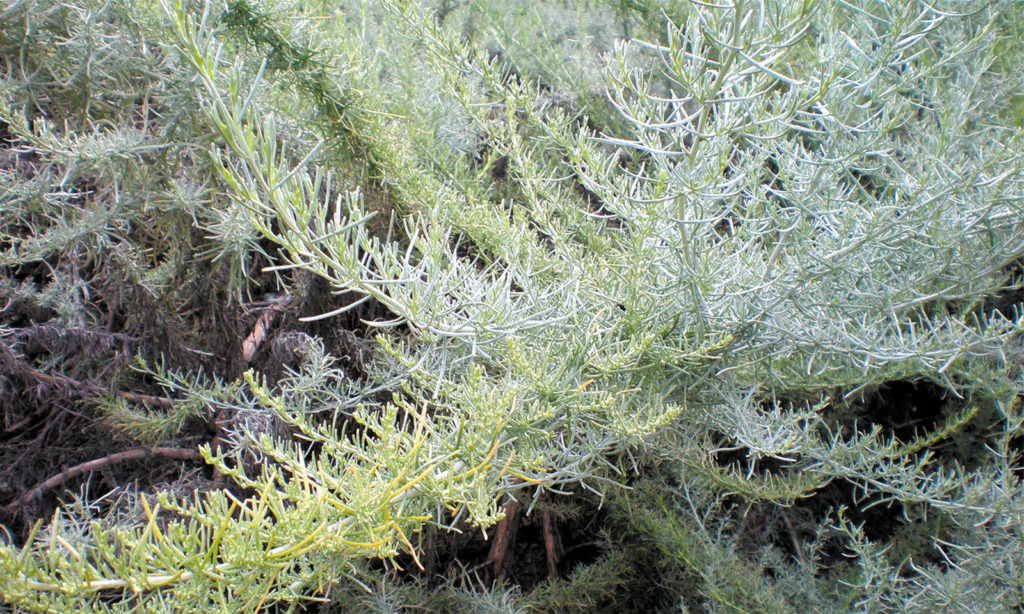
Back in the day, cowboys rubbed this pungent plant on their clothes to mask the scent of cattle and horses. It’s still called “cowboy cologne.”
Bush monkeyflower
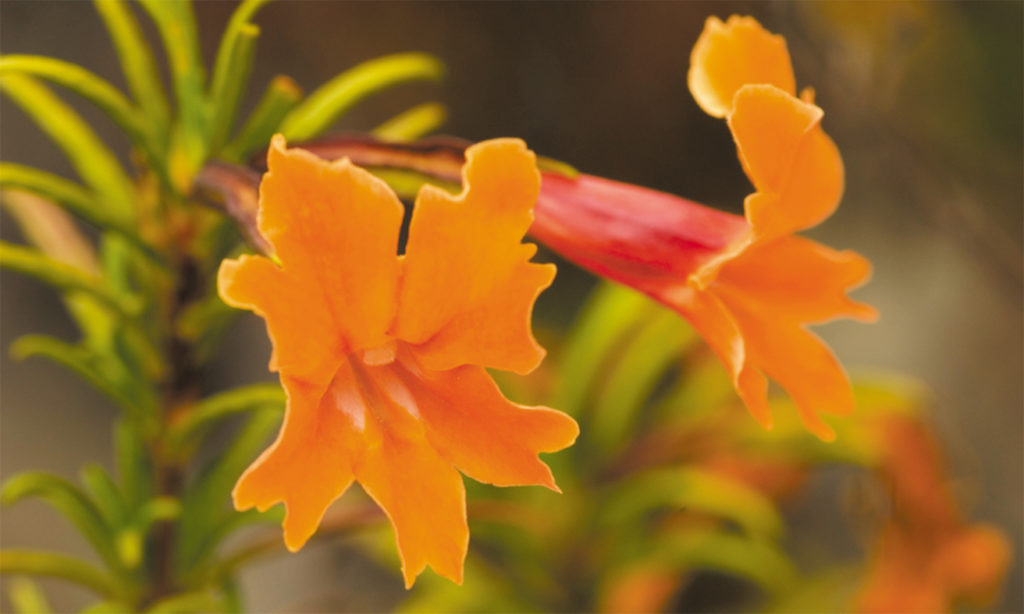
This plant produces delicate, pale orange flowers that bloom from March to July. Some say the flowers look like a monkey’s face.
Lemonade berry
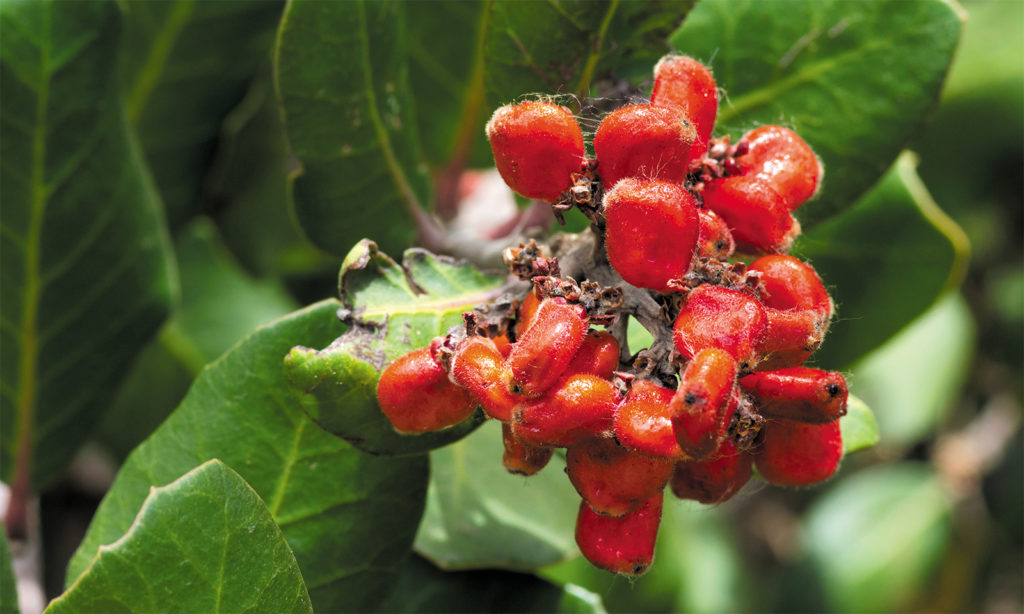
By summer, clusters of white and pink flowers give way to clusters of berries. Shaped like a kernel of corn, the berry is first brown before eventually turning bright red and then near- white due to a coating.
Laurel sumac
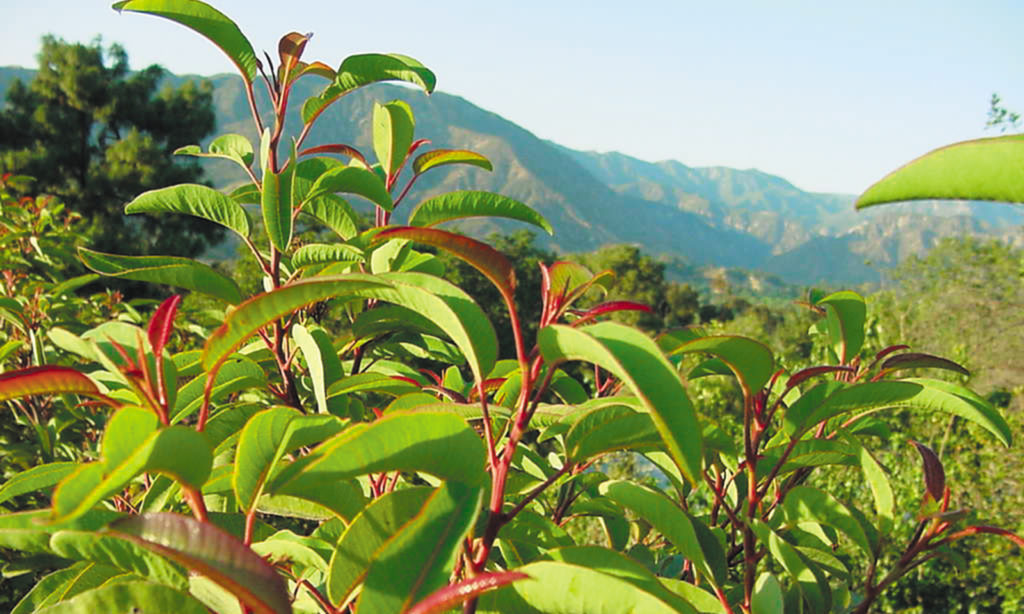
This one is easy to spot. Just remember its nickname: the taco plant. Looking like a folded taco, the leaves of laurel sumac fold inward along the midrib to reduce exposure to the sun.
Learn more about how you can explore the Irvine Ranch. Visit Letsgooutside.org

